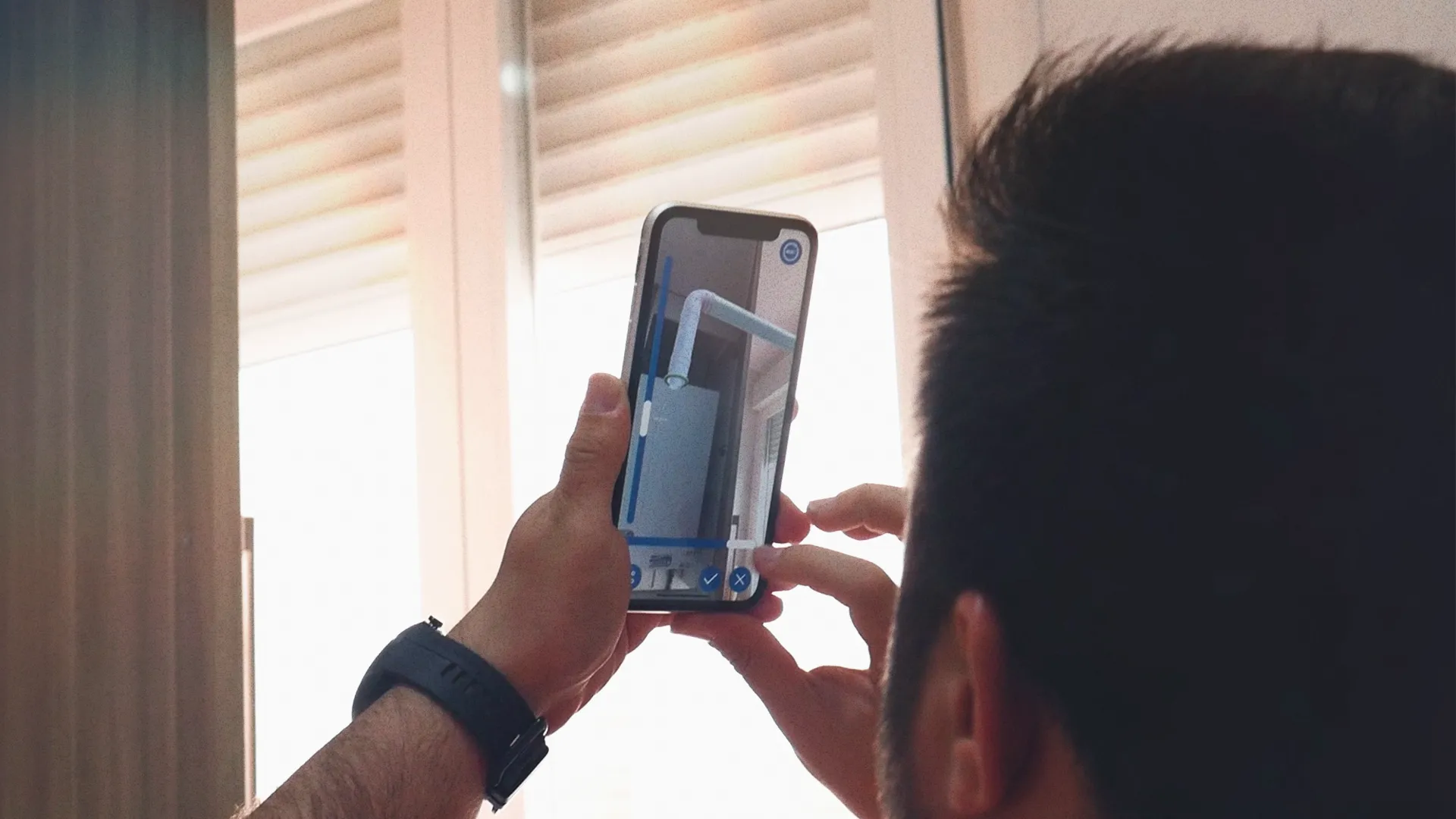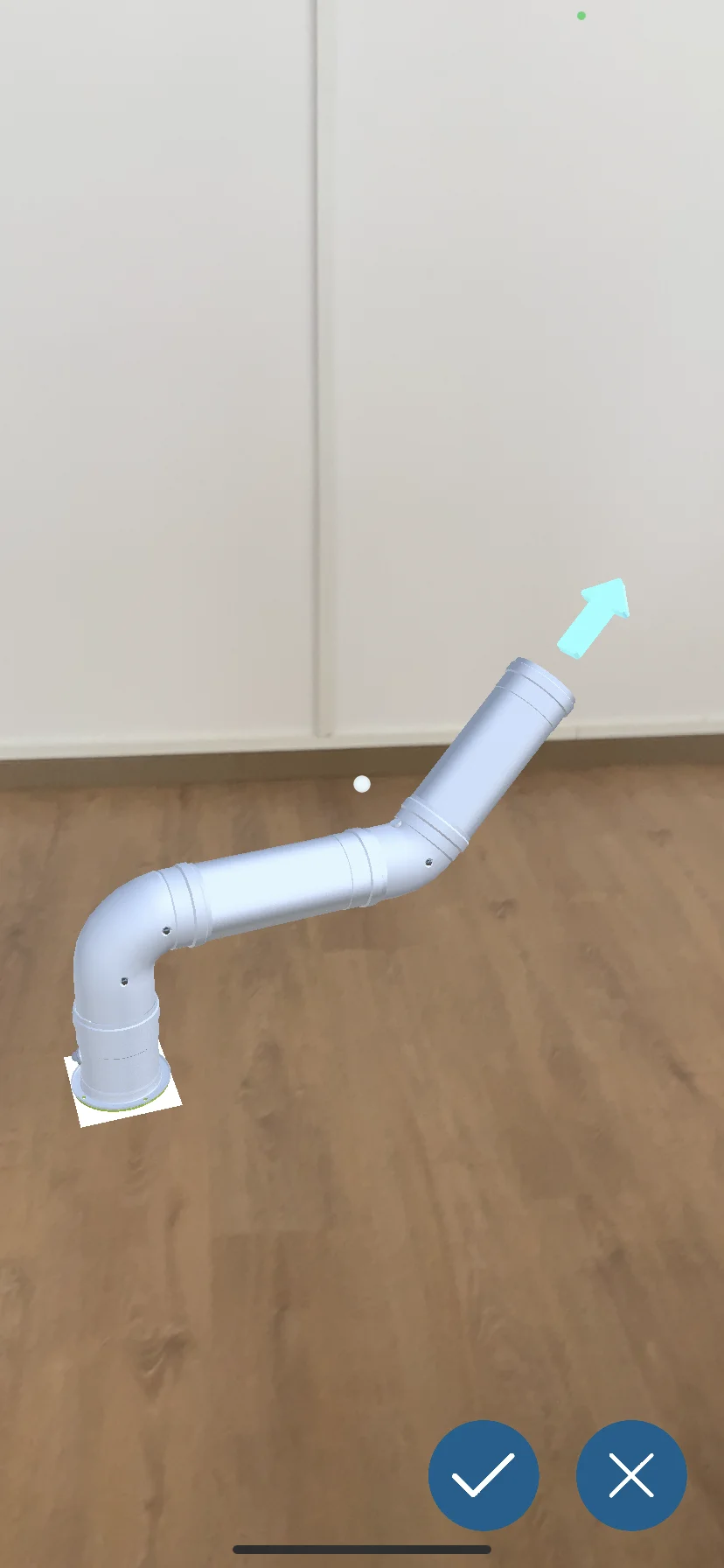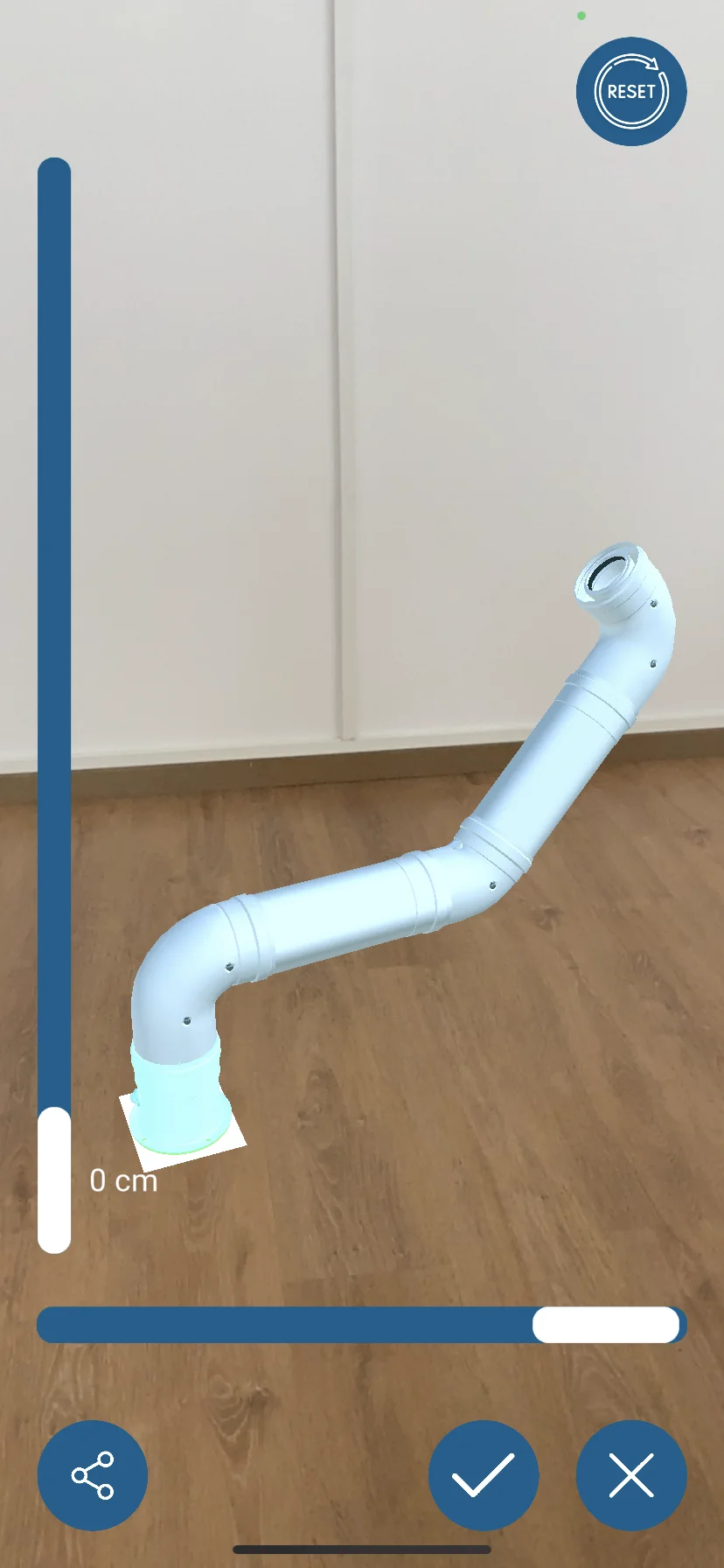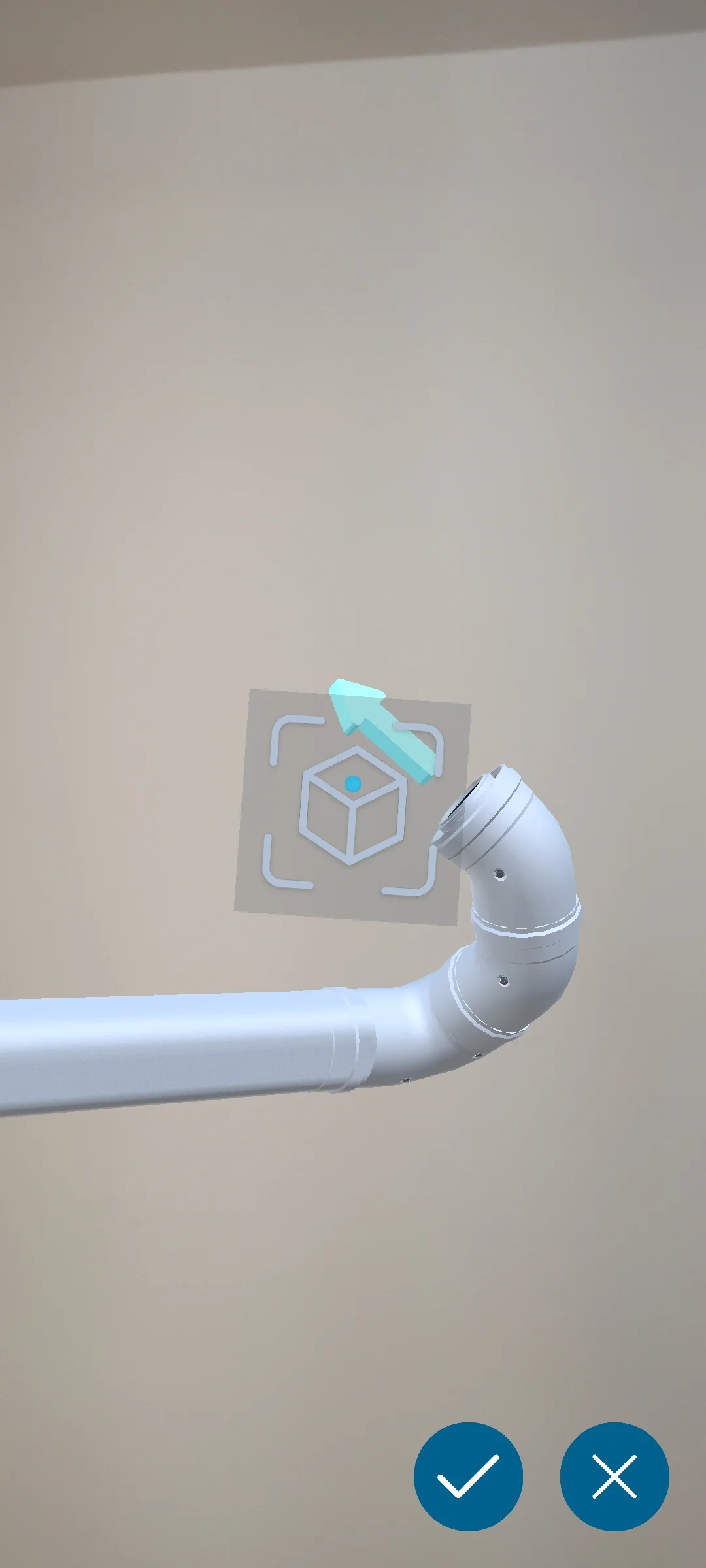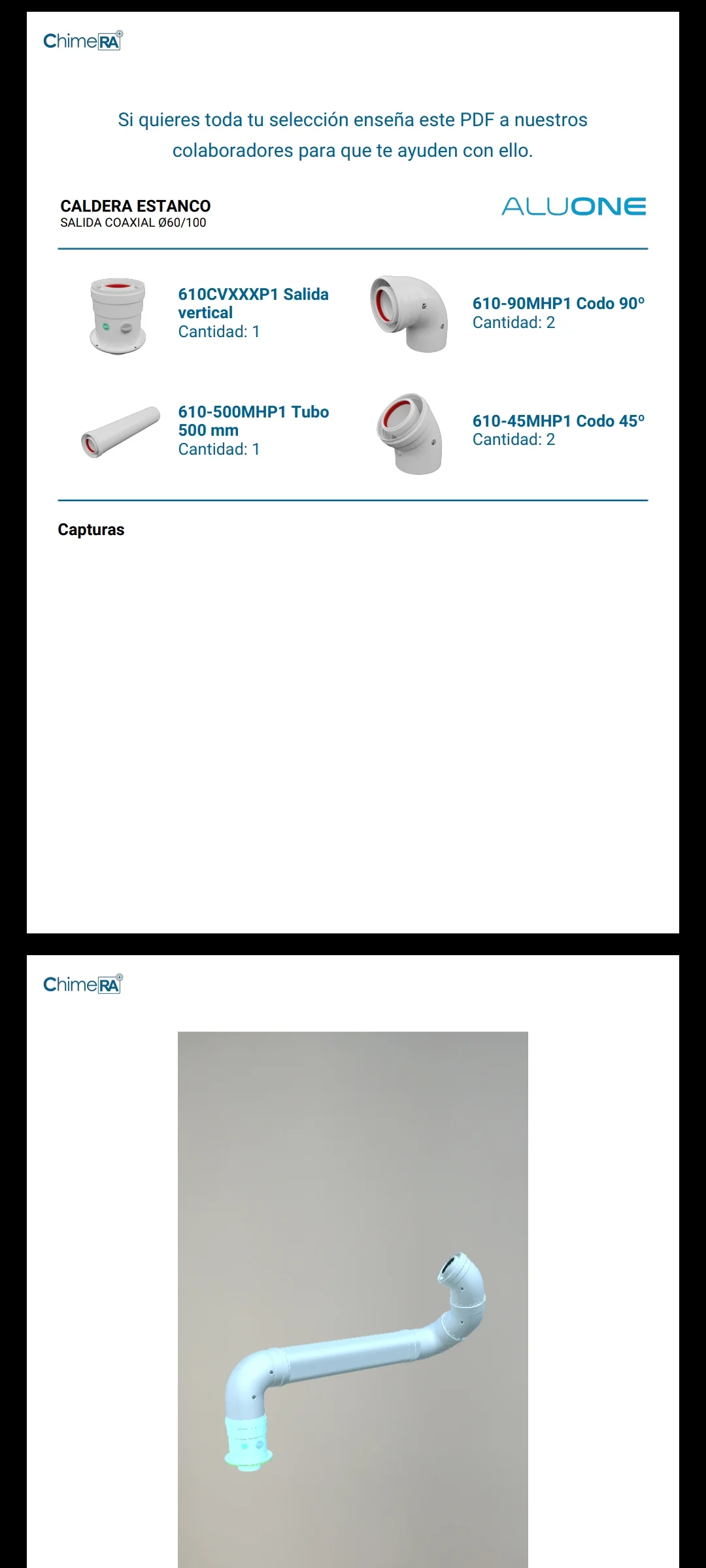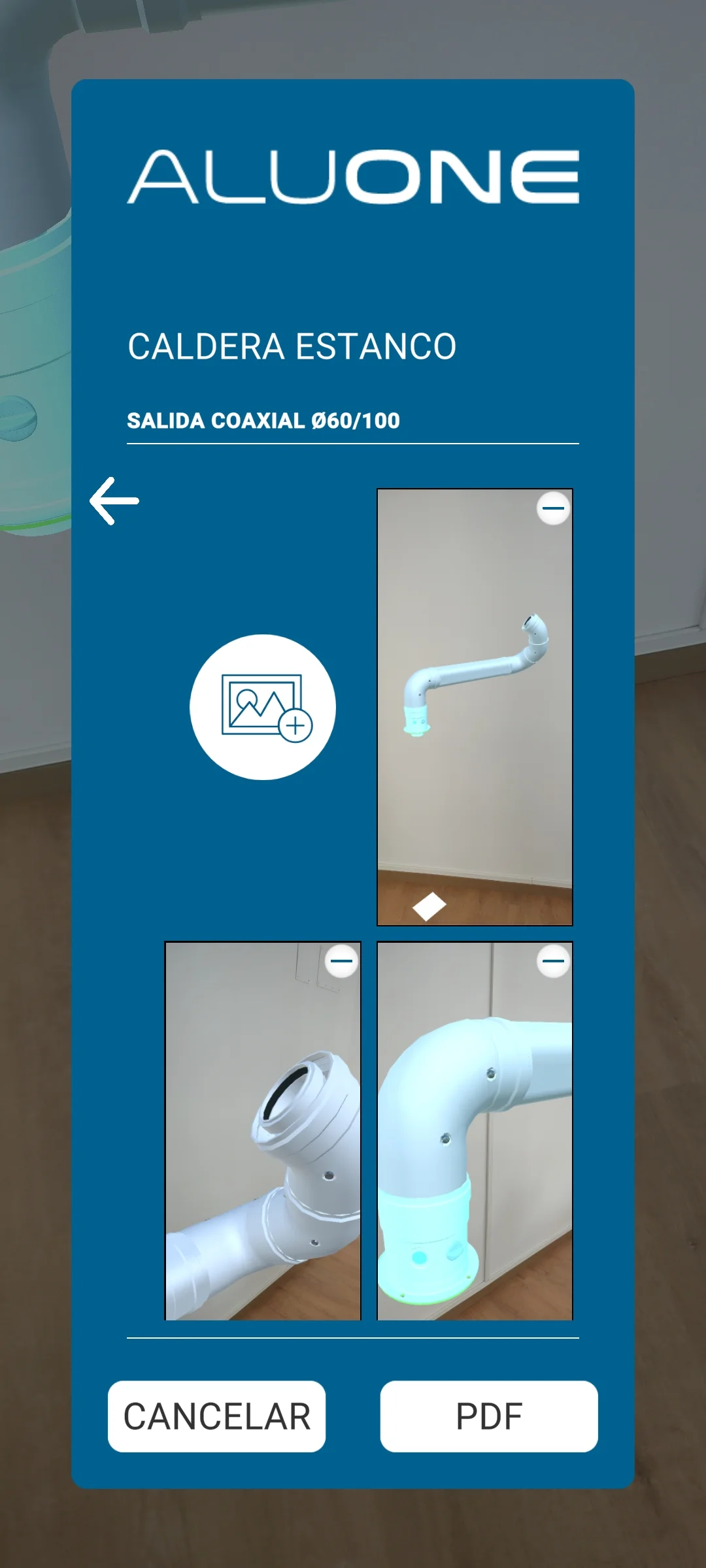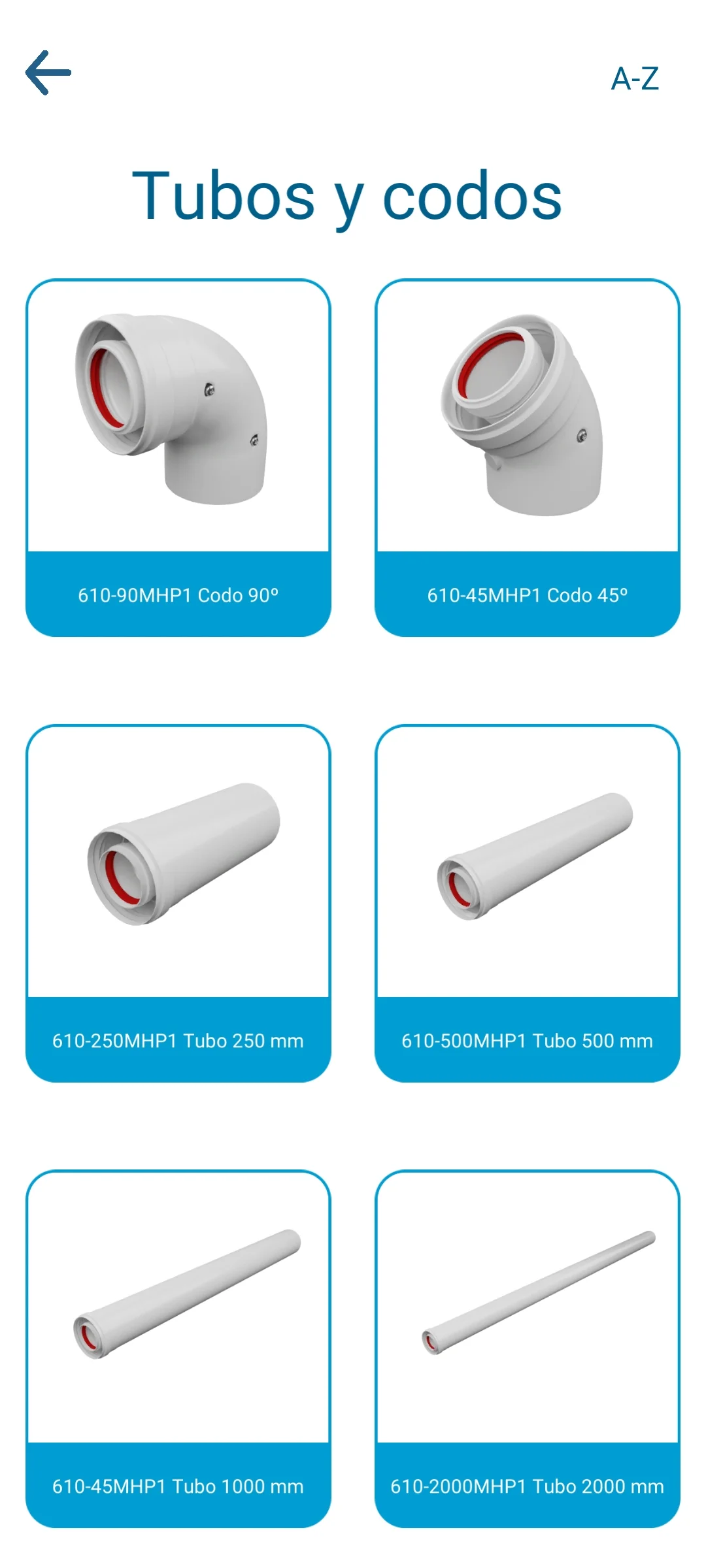TECHNOLOGY
IMMERSIVE TECH
USE CASE
TOOL
CLIENT
FIG S.L. is the leader and reference company in the Spanish heating components market. The company, founded in 1966, is the only one in Spain that offers O.E.M. quality and safety, that is to say, its products are not only homologated and adapted to the current regulations, but their quality and safety is equivalent to that offered by the manufacturers of the brands themselves.
GOAL ACHIEVED
Allow your customers and partners to visualize your products virtually and even perform simulations of installations with these products.
Innovation through any Smartphone or Tablet
Innovation is the engine of change and sooner or later it ends up reaching all sectors and levels of business. The companies that understand the need to continue driving new ways of doing their work, are the ones that manage to take the lead and anticipate the needs of the market.
In this project we can find the clear example of FIG, the leading national brand in the manufacture of components for the heating sector, which decided to incorporate Hyperexperience in its work process. To do this, from DeuSens we took care of developing an Augmented Reality app to get from any Smartphone or Tablet, its sales team, customers, distributors, installers and other partners, could quickly access all their products and visualize them in 3D interactively.
Hyperrealistic digitization of products in 3D
To be able to carry out this HyperExperience, the first thing our team had to do was to carry out the complete digitization of FIG's product catalog in order to adapt them to the needs of the app and their subsequent visualization in Augmented Reality.
For this, our team of 3D artists was in charge of modeling in three dimensions of the different products, generating that realistic finish required by Augmented Reality that causes the feeling of immersion and that the objects placed are really in the user's real space.
Interactive Simulations in Augmented Reality
Through the development carried out, users could see, move and rotate FIG products in the actual space in which they were located thanks to Augmented Reality.
This resulted in a tremendously useful solution in the case of installers, who could recreate how the installation they were performing should be by means of the virtualized products, being able to connect the different pieces and generate a digital simulation of how it should be performed in situ.
These virtual simulations were also very useful for FIG's own sales team or its distributors, who could show customers all the parts that would be used in their specific case and then automatically generate a PDF file that included the parts shown and a photograph of the final design with all of them assembled.
Thanks to this functionality, this file could be included in the invoice or even used internally to facilitate the communication and distribution of documents between departments.
Ready to take the leap to hyperexperience?
SIMILAR PROJECTS

Infinitum Fest | Virtual concert platform in the Metaverse
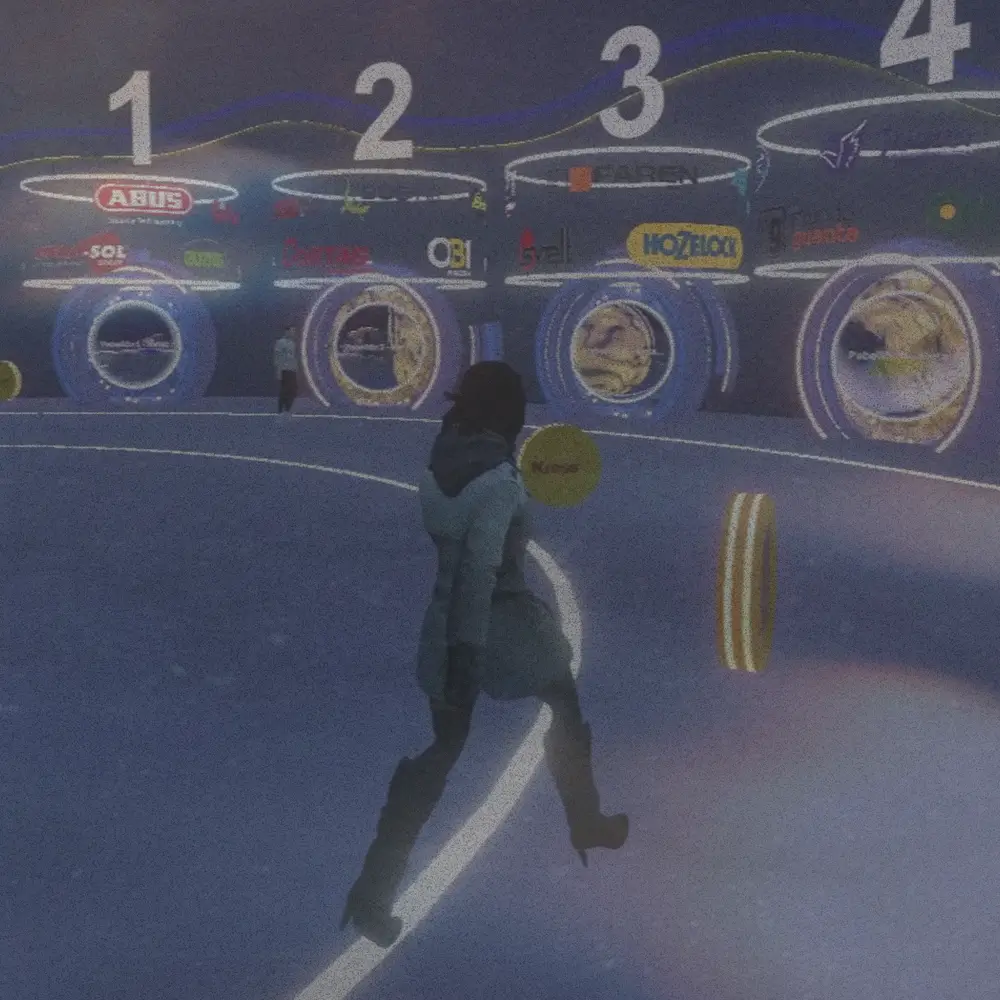
Metaverse Summit by Industrial Pro | Professional online event

Augmented Reality Show for Casademont | Ibercaja Trophy 2019
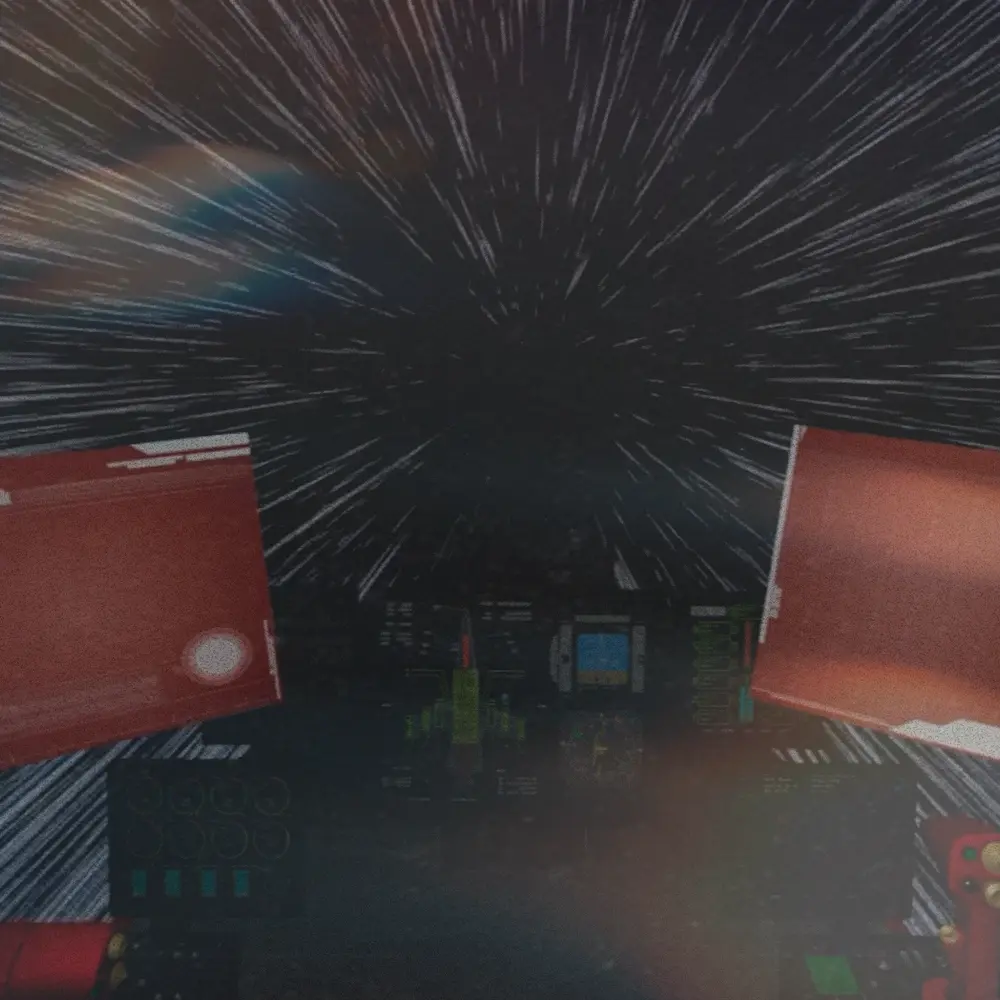
Immersive Storytelling with Virtual Reality | Hyperexperience for Bergner









 RETURN
RETURN
